Understand Earthing and Grounding in Power System
Learn from Professionals, Electrical Power Engineering, Electrical Power Engineering
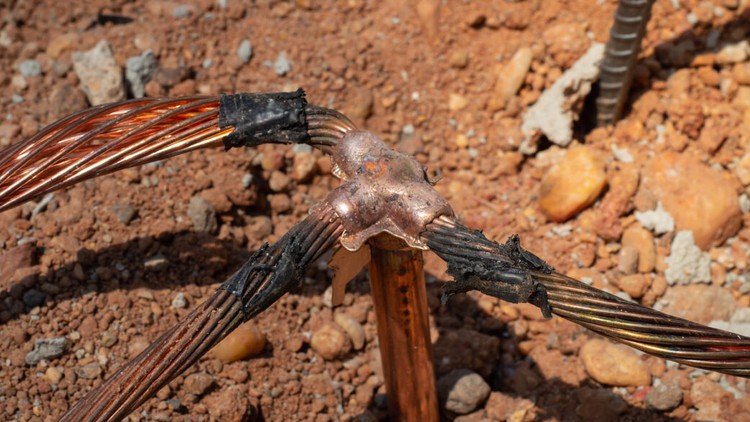
What you will learn
Understand need of earthing or grounding
What is it mean by earthing, what need to be earthed
Identify earthing during visual inspection of substation
Advantage of earthing
Maintenance earthing
Earthing for human and equipment safety, mechanical forces during sub-transient
Characteristics of good earthing
Difference between earthing and bonding
What is Bonding and why it is different from Earthing
Soil Characteristics, Sphere of influence, Earth Rod, Resistivity
Earthing design concept
Base design of earthing, material use for earthing
How make joints in earthing, exothermic welding
Over View of Earthing System
Voltage Gradient and Ground Potential Rise
Ground Potential Rise
Step and touch Voltage
Transfer Potential , Soil Resistivity
How to Measure Soil Resistivity
Earthing Grid Conductor Sizing
Step and Potential limits
Surface Layer Material and why gravel is used
Maximum Grid Current
Earthing Compound, types, test and benefits
Why take this course?
Earthing & Grounding:
Earthing System or Grounding System in an electrical network work as a safety measure to protect human life as well as equipment, the main objective of the Earthing system is to provide an alternative path for dangerous currents to flow so that accidents due to electric shock and damage to the equipment can be avoided.
1. Going through concept of Grounding Vs Earthing
2. What is it mean by Earthing, what need to be earthed
3. Visual inspection of distribution transformer and identifying the earth connection points in a substation
4. Visual Inspection of Generator and Identifying Grounding
5. Visual Inspection of Gas Insulated Substation and Identifying Earthing
6. Why to Earth or Ground, Advantages of Earthing
7. Maintenance Earthing
8. Earthing for Human and equipment safety, Mechanical forces during sub-transient
9. Definition of Earthing and basic concept
10. Objective of Earthing System
11. Good Earthing Characteristics, Low Impedance
12. Good Earthing System, Standard Earth Resistance Value
13. Good Earthing System, Corrosion Resistant, Mechanical strength
14. Static Charge Grounding
15. Good Earthing and Ground Potential Rise
16. Earthing and lighting protection
17. What Need to Earth
18. What is Bonding and why it is different from Earthing
19. Soil Characteristics, Sphere of influence, Earth Rod, Resistivity
20. Earthing Design Concept
21. Earthing Material and Earthing Base Design
22. How make joints in Earthing, Exothermic Welding
23. Over View of Earthing System
24. Voltage Gradient and Ground Potential Rise
25. Ground Potential Rise
26. Step and touch Voltage
27. Transfer Potential
28. Soil Resistivity
29. How to Measure Soil Resistivity
30. Earthing Grid Conductor Sizing
31. Step and Potential limits
32. Surface Layer Material and why gravel is used
33. Maximum Grid Current
34. Earthing Compound
Best Regards
Screenshots
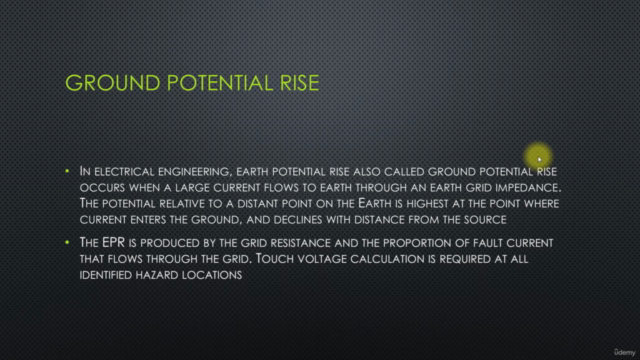

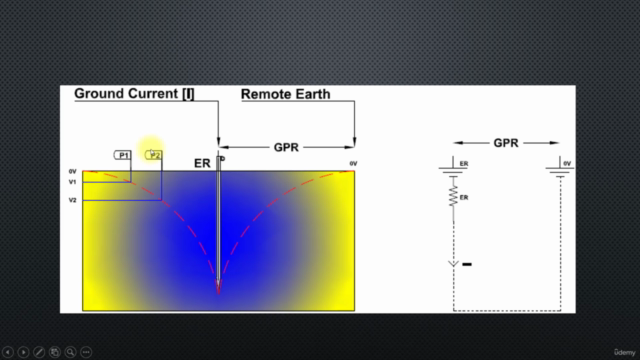
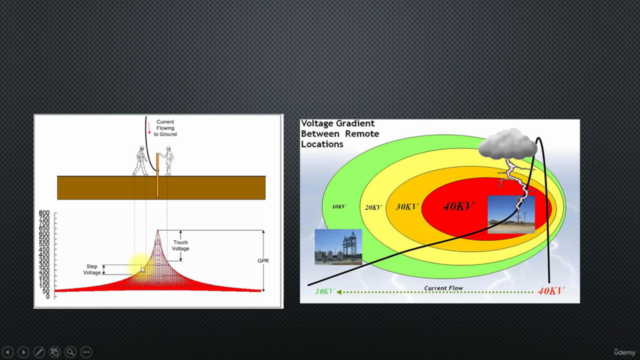
Charts
Price
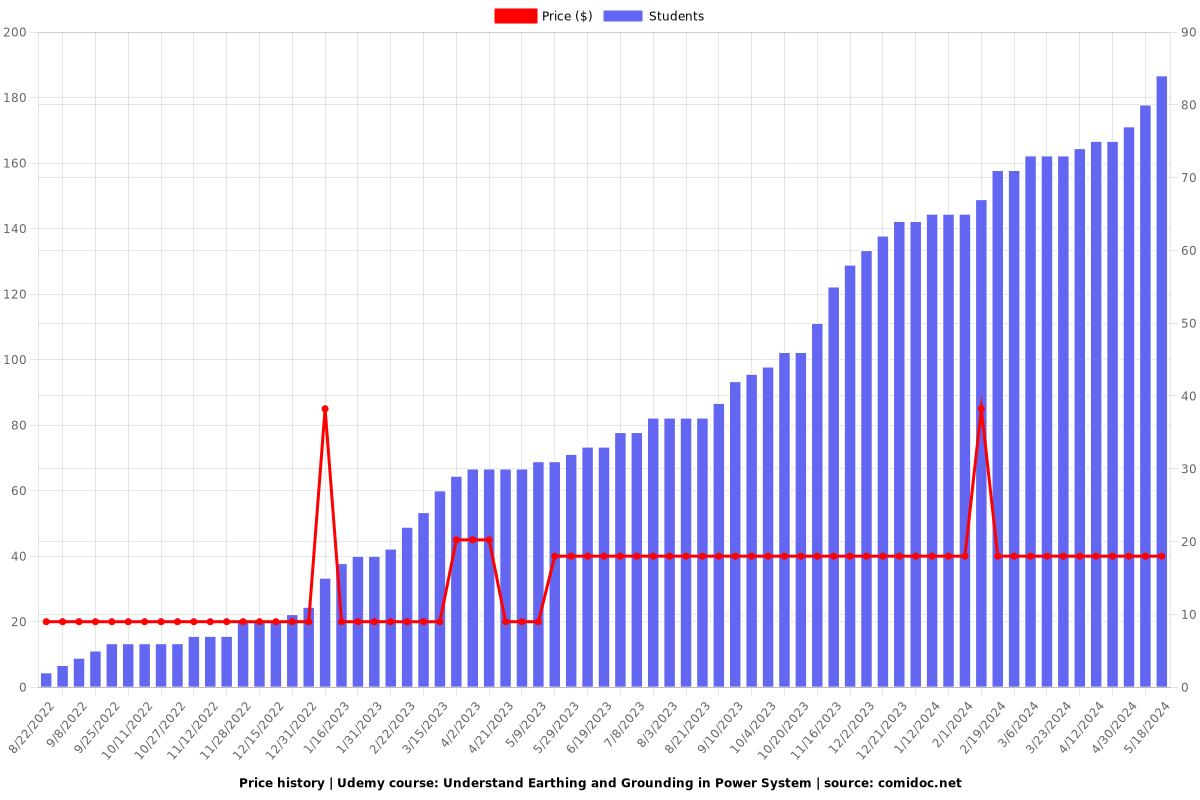
Rating

Enrollment distribution
